The Ugly Duckling
feature By: Michael Meacham | September, 24
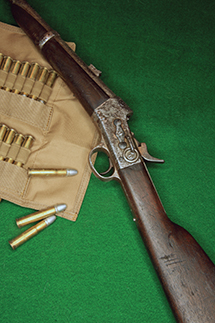
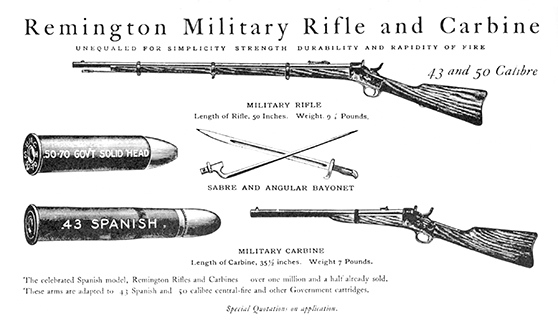
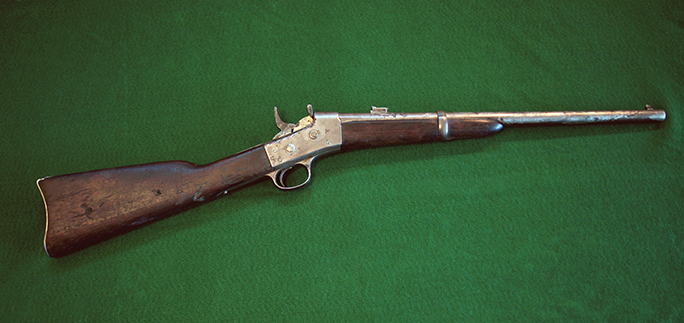
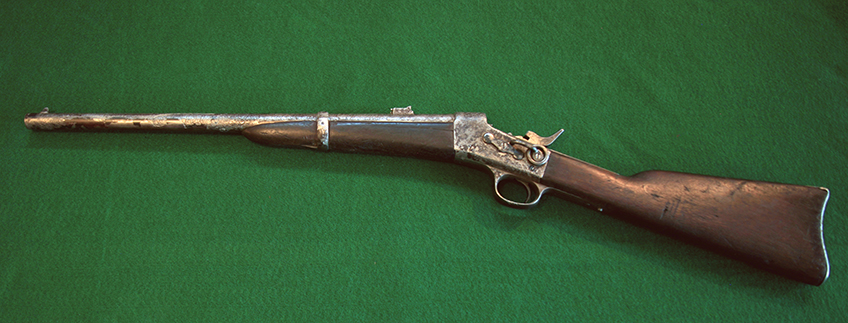
My cast bullets using 30-1 alloy came out at .443 to .444. I special ordered a bullet sizing die for my Lyman No. 45 bullet sizer in .443 and lubed them with SPG Bullet Lubricant. I weigh my bullets to 1⁄10 of a grain and separate them into groups based on the most prevalent diameter, along with a weight of plus or minus 1⁄10 grain. Since I am usually loading for Black Powder Cartridge Rifle Silhouette, I pick 15 of the heaviest group for Rams, next heaviest for Turkeys, third heaviest for Pigs and fourth heaviest for Chickens, (10 for record and 5 sighters). I set my Lyman powder measure with the brass tumbler for just under 77 grains of 3Fg Swiss black powder, and trickle each load to dead-on in my Lyman scale. I dropped the load down a 36-inch brass drop tube into the case, followed by a .060 Walters card wad. I adjust the depth based on seating a round in the gun until the bullet just touches the rifling, and set my bullet seater to that depth. There is some mild compression. Then I remove the de-capping pin and shaft from the sizing die and carefully used that to taper-crimp the rounds. Because I was using 44-77 brass, the oversize bullets seated easily, and once fired, the brass opens to about .444 - .445.
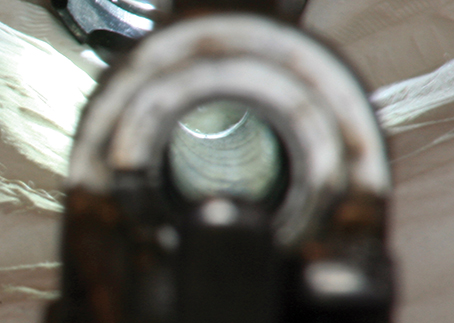
I took these loads to the range and tried them out. From this light little carbine, these factory equivalent loads are real “snot-knockers”. However, the gun held up well, though accuracy was not what I hoped. Checking the muzzle, I determined that it needed to be re-crowned. After doing that I returned to the range several months later. I wasn’t expecting minute of angle from the gun, but I was hoping for “minute of elk” at 200 yards. Alas, it was not to be. The gun, at 100 yards, sprayed bullets like a Hollywood machine gun.
Thinking that often large bore rifles with heavy bullets don’t stabilize until about 200 yards out, I carefully sighted in on a marker at the 200-yard range, using a front rest and rear sand sock and touched off a round. Everything was good, except the bullet hit with perfect elevation, three feet to the left of the marker. So, I thought, at 100 yards that should be 18 inches left. I held off to the right to allow for that, hoping for a reasonable group. Nope, still spraying. I looked at the barrel from above to see if it was bent. (It wasn’t as there was no shadow in the bore, and it should have still grouped if that was the problem.) However, from that perspective, I realized that so much metal had been removed from the left side that there was no real prospect of the barrel harmonics still existing. I could have it re-barreled into a really neat little woods elk gun, but I have others I can use; this gun is a piece of history that should not be further abused.


